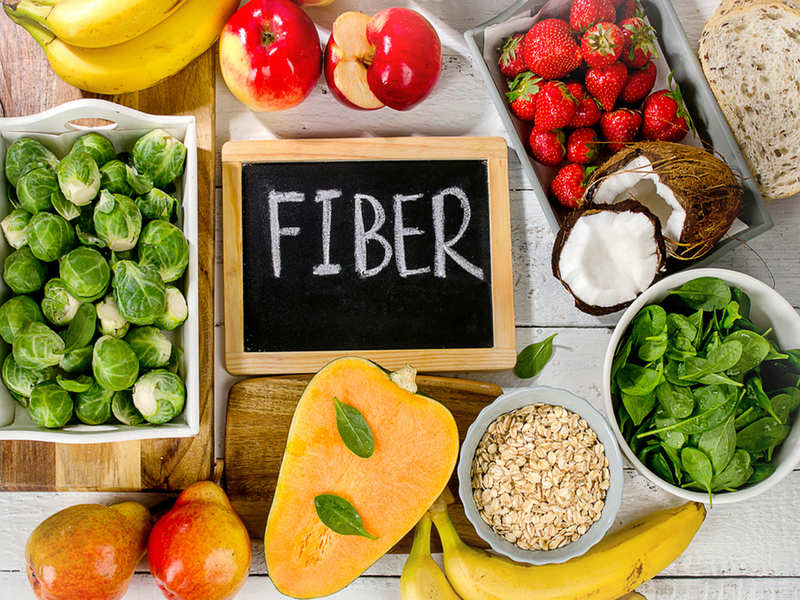Are you in perimenopause?
Menu
Blogs
5 Reasons to Eat More Fiber
Posted on
October 12, 2021
11:20 am

Fiber has certainly come along way from what our parents were taught. It is more than shredded wheat and a tasteless powder you stir in water. Foods high in fiber are found in so many delicious things such as avocados, beans, and of course green leafy veggies.
Two Types of Fiber
There are two main types, insoluble and soluble, and both come with big benefits. Soluble fiber slows the rate of digestion, which also slows how quickly glucose enters the bloodstream. This also helps with blood sugar control.
Soluble fiber absorbs water in the intestines which helps you feel full longer. Insoluble fiber helps prevent constipation and keeps your digestive system on track.
5 Health benefits of fiber
1. Reduces cholesterol. Fiber’s presence in the digestive tract can help reduce the body’s cholesterol absorption.
2. Promotes a healthy weight. High fiber foods like fruits and vegetables tend to be lower in calories. Also, fiber’s presence can slow digestion in the stomach to help you feel fuller for longer.
3. Adds bulk to the digestive tract. If you struggle with constipation or a generally sluggish digestive tract, you may want to add fiber to your diet. Fiber naturally adds bulk to the digestive tract, because your body doesn’t digest it.
4. Promotes blood sugar control. It can take your body longer to break down high fiber foods. This helps you maintain more consistent blood sugar levels, which is especially helpful for those with diabetes.
5. Reduces gastrointestinal cancer risk. Eating enough fiber can have protective effects against certain cancer types, including colon cancer and breast cancer. There are many reasons for this, including that some types of fiber, such as the pectin in apples, may have antioxidant-like properties.
How much do you need?
The Academy of Nutrition and Dietetics recommends consuming about 14 grams of fiber for every 1,000 calories you consume daily. This translates to roughly 24 grams of fiber for women and 38 grams for men.
Unfortunately, an estimated 95% of American adults and children don’t meet the recommended daily fiber intake. In America, the average daily fiber intake is estimated to be 16.2 grams. Currently, we are estimated to only be getting half of our daily fiber intake.
What to Eat?
To find fiber, you don’t have to look far. It’s widely available in fruits, vegetables, nuts and seeds.
A few of my favorite high fiber foods are raspberries, strawberries, blueberries, pears, apples, broccoli, brussel sprouts, oats, chickpeas, edamame, artichoke hearts, avocados, beans, spinach, kale, potatoes, and corn.
My personal favorites and easiest ways to get more fiber daily are by adding chia seeds to your shakes or oatmeal, using pumpkin seeds, sunflower seeds, and nuts on salads or as a snack.
Eating more fiber? Read this first!
Before you jump on the fiber bandwagon, let me add a word of caution. Add fiber to your diet slowly. If you aren’t used to a lot of fiber, eating too much can cause bloating and cramping. Start by Increasing high-fiber foods gradually over a few weeks to avoid feeling bloated and inflated.
A healthy digestive system is essential to a healthy gut and body from the inside out. Along with a fiber rich diet, it’s important to give our bodies rest. That means we give our digestive systems rest. We do this when are not eating. Incorporating Intermittent Fasting in your routine each week is a simple way to give your body digestive rest so it can heal from the inside.
I created a FREE 3 step video series explaining Intermittent Fasting and the health benefits….If you want to learn more about creating better health, sign up for the free video series link for more information.
To hear more about incorporating fiber into your diet, tune into my Facebook LIVE video.
Search
Categories
Featured In












